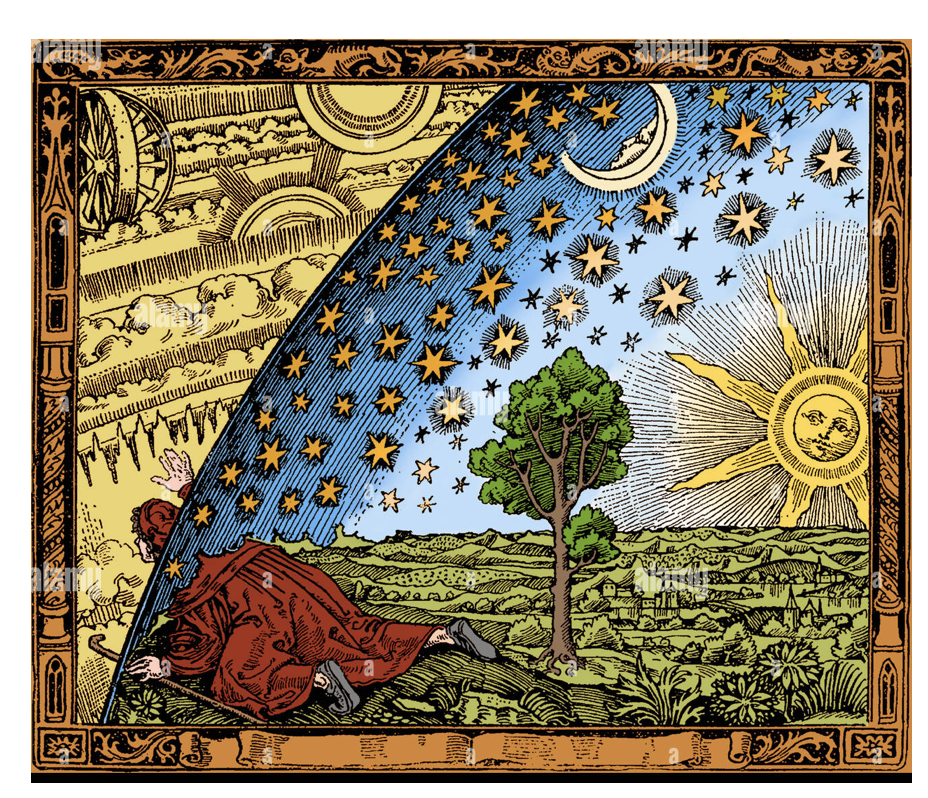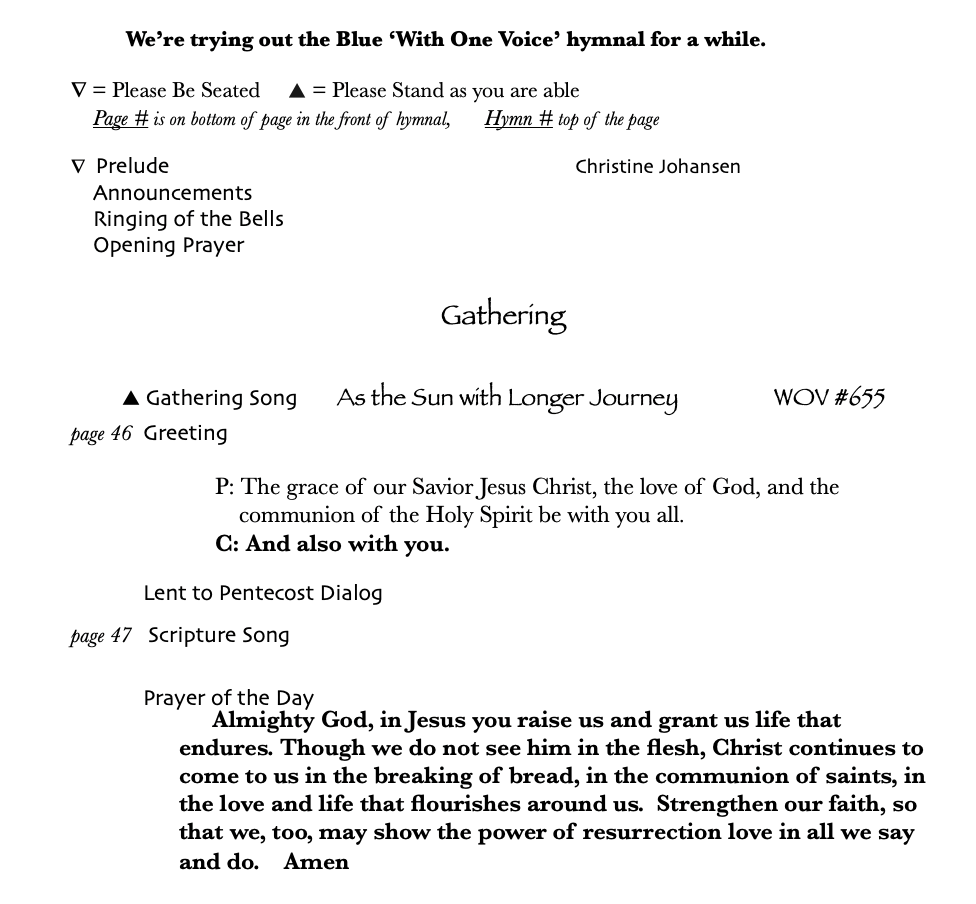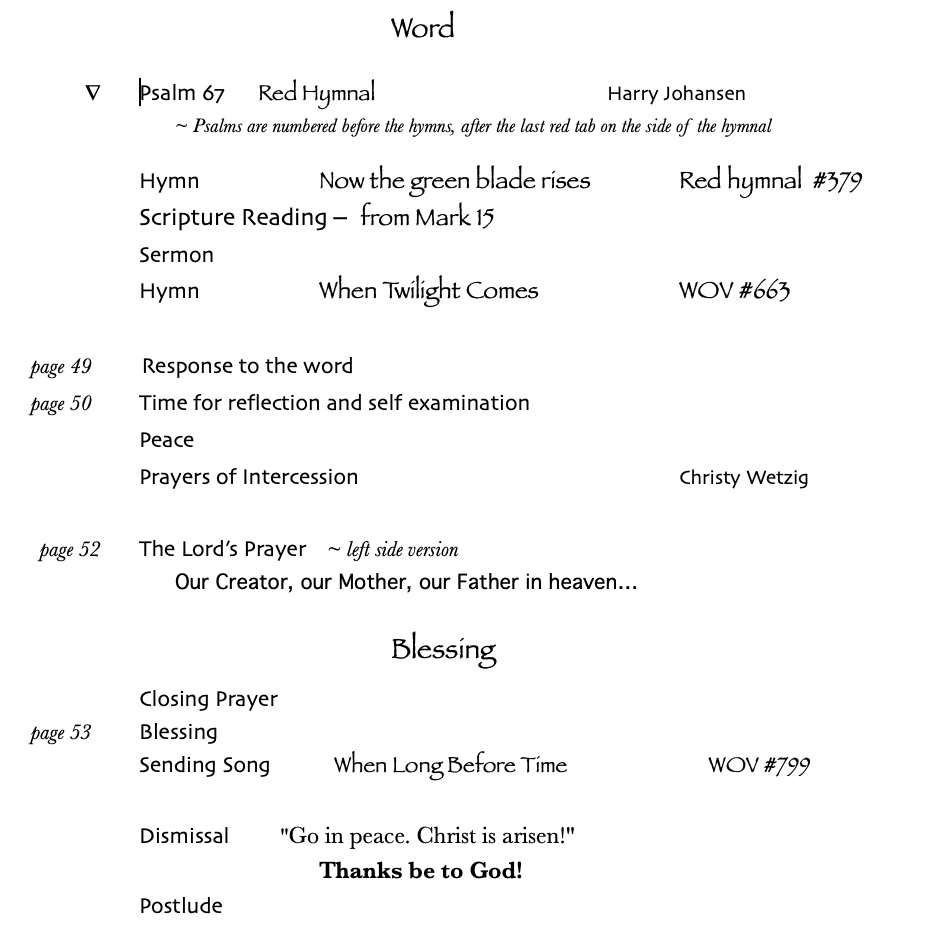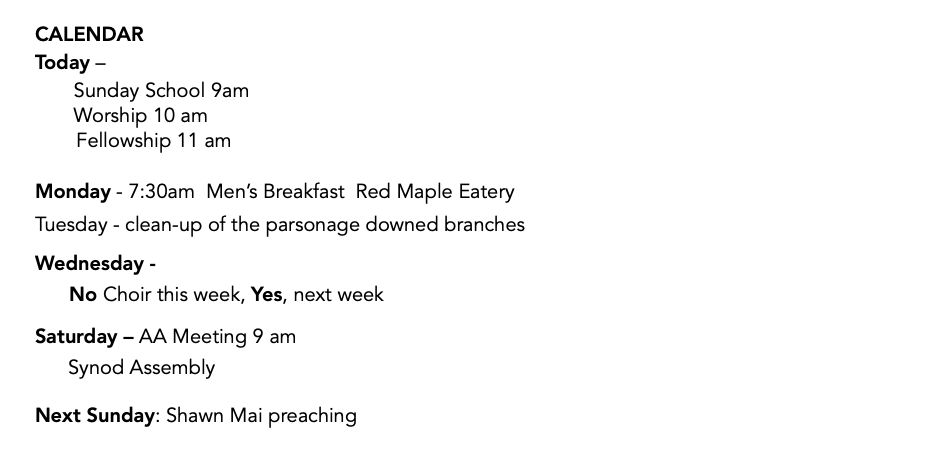Audio Recording



I’m not quite done with Mark and his gospel. You know how there are people you listen to, or certain authors you like to read, or actors you are interested in – if they’re in a movie you’re more likely to watch it? Well, nerd that I am, I have theologians I follow, or at least get oddly excited at finding something they’ve written. Dave Fredrickson is one of them. He is a professor at Luther Seminary and was my Greek teacher, and because of the ‘beyond tradition’ way he taught and thought, I kept taking classes from him. So… when I found an article he wrote about Mark as I was snuffling through the web, I printed it off and have held it in reserve for today.
Dr. Fredrickson has specialized in the cultural context of the New Testament. What were people reading in Jesus’ day? What plays were they attending, what is written about their relationships or livelihoods, what was being imported or exported, what does their artwork tell us about their values or ideas? What importance to our understanding of scripture does their understanding of our physical bodies make? All kinds of fascinating avenues of thought. But, my interest today was caught by the title of his article, “Nature’s Lament for Jesus.”
This is Earth Day Sunday and the 2nd week of Resurrection when we typically read of the reappearance of Jesus to his disciples. In Luke, it’s the road to Emmaus. John has several sightings – Thomas poking his finger into Jesus’ gashed side, and my favorite, when Jesus serves up a shore breakfast for the fishermen. But since Mark doesn’t end that way, I’m free to consider nature’s lament, and take you out of our world view and a little bit into Jesus’ world view – or at least what can be deduced from the remains of their day.
We begin in Mark 15:25
It was nine o’clock in the morning when they crucified him.
33 When it was noon, darkness came over the whole land until three in the afternoon. 34At three o’clock Jesus cried out with a loud voice, ‘My God, my God, why have you forsaken me?’
37Then Jesus gave a loud cry and breathed his last. 38And the curtain of the temple was torn in two, from top to bottom.
These details have always fascinated me. The sky goes dark and the curtain tears. Traditional interpretation says that the temple curtain is what separated God from humans, the holy of holies from our world of sin. The High Priest was the only one who could go behind the inner curtain, and only once a year, on the day of Atonement.
The tearing of the curtain at Jesus’ death meant God wasn’t confined or hidden away, but entered into our world through the Spirit to be with us, in trinity: Father, Son and Holy Spirit.
There’s nothing wrong with that understanding. I like it. But when Dave Fredrickson says there’s another way to think about it, I want to know what it might be.
This is what he proposes. “I believe we make better sense of the strange circumstances surrounding Jesus’ death if we think of the curtain as a visual representation of the cosmos. Then the tearing of the curtain becomes one of two events (the other is the darkening of the sun) that express nature’s grief over Jesus’ death.”
So, first a bit about the curtain. This was the second temple, built after the Babylonian exile. There aren’t as many descriptors of it as there were of the original temple and it lacked much of the grandeur and gilding, but still it was magnificent.
Writing in the second century B.C.E., Aristeas tells of his journey to Jerusalem and what he saw there. The temple was “built with a lavishness and sumptuousness beyond all precedent,” he writes. From a description of the magnificent doorposts and lintel he goes on to the curtain, which “corresponded in every respect to the door; especially when the fabric was kept in unceasing motion by the current of wind (pneuma, breath in Greek). Since it was from below, the curtain bulged out from the bottom to its fullest extent, the spectacle was highly agreeable and hard to tear oneself from. It was as if one witnessed the cosmos breathing.”
Josephus, a contemporary of Mark, a priest and historian, says something similar,
“Before the golden doors hung a veil of equal length, of Babylonian tapestry, with embroidery of blue and fine linen, of scarlet also and purple, wrought with marvelous skill. Nor was the mixture of materials without its mystic meaning: it typified the universe. For the scarlet seemed emblematical of fire, the fine linen of the earth, the blue of the air, and the purple of the sea.… On this tapestry was portrayed a panorama of the heavens.”
Aristeas and Josephus indicate that by the first century the temple curtain had a reputation, a public way of being perceived, as a representation of the cosmos. As Jesus dies, this cosmos was ripped in two from top to bottom, the heavens torn apart.
Tearing or ripping garments was a way the ancients expressed grief. “Rend your hearts and not your clothing,” said the prophet Joel. Dave Fredrickson goes on to build more of a case for this, but his point is that, in Mark’s time, the curtain torn from above is nature in lament.
“When it was noon, darkness came over the whole land until three in the afternoon” (Mark 15:33). The sun’s behavior is another example of nature grieving. In Greek art and artifacts there are scenes of trees gently bending over the dying or dead. In poetry, nightingale, swan, hill, cow, bull, tree, flock, hive, sea—all mourn a lover’s death. Entities in nature express grief without the aid of language. They do impossible things. They act against their own nature. In the psalms, trees clap their hands and dry lands gush with springs when they’re happy. Out of sorrow “the trees cast their fruit on the ground” and flowers wither, flocks give no milk, bees no honey. The Apostle Paul writes that the earth is groaning in labor pains. Nature was an active, eloquent agent in their world view.
So, citing poetry, art and contemporary writers of Mark, Dr Fredrickson makes his case that the dimming of the noonday sun and the tearing of the temple curtain expresses nature’s grief over Jesus’ death.
One thing that’s interesting about this is that, although nature was noisy with grief, God was silent. We overheard God claiming Jesus when the heavens are torn apart at his baptism and again in the mountaintop transfiguration, but when Jesus is on the cross, there is no divine word. Perhaps it is a grief too deep for words? Perhaps, through the many and varied ways Mark includes nature in the mysterious acts of God in Jesus throughout the gospel – multiplying bread and fish, stilling the wind and waves, for two examples, we are prepared to see God present in grief in the world and not distant in heaven or behind a curtain.
So, does this matter?
One of the tenants of Grundtvigian theology is that God is self revealing in nature, that we can discover God – not simply something about God, but truly God – in the natural world. If that is true, and God is present, incarnate in creation, then nature’s lament, earth’s groaning, is God’s lament – in Mark’s world view and in ours.
The exploitive and self-centered way in which we have ‘cared’ for the earth, the creatures, the water, the soil and sky is cause for lament. And not only lament, but repentance, sudden and abrupt change of behavior. And if God is present in nature – not contained by nature, but present somehow – then loving God with all our heart and strength and soul has something to do with our relationship and responsibility to the natural world. How will we respond to the earth’s lament? It is not only practical, or political or economic, but it is a statement of faith and an act of love for God and for our neighbor as ourselves and for the little ones in our midst.
- * Nature’s Lament for Jesus by DAVID E. FREDRICKSON, Word & World Volume 26, Number 1 Winter 2006
